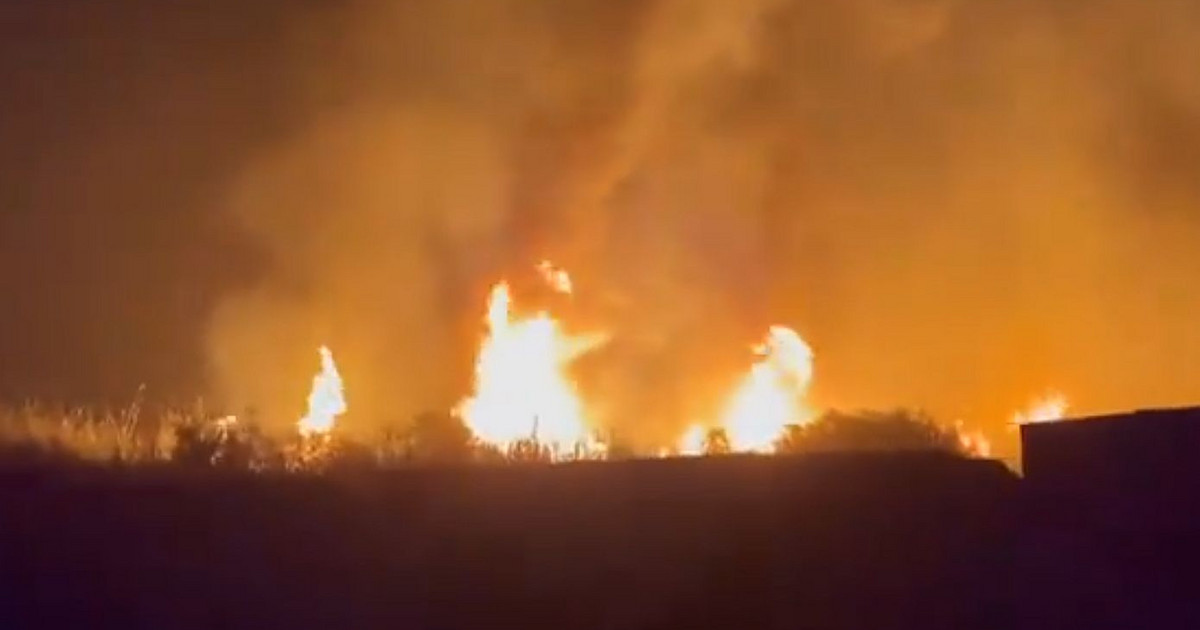A new survey released by the Oswaldo Cruz Foundation (Fiocruz) this Thursday (15) points to a drop in the number of cases of Severe Acute Respiratory Syndrome (SARS) in the last six weeks.
Currently, Brazil is at a lower level than that observed in April 2022, until then the lowest since the beginning of the Covid-19 pandemic in the country. Data were collected from the Influenza Epidemiological Surveillance Information System until September 12.
The study shows that the growth of SARS cases in children and adolescents, which started at the turn of July to August, is already showing signs of interruption or decline in several states of the country.
According to Fiocruz, the currently registered cases do not indicate an association with Covid-19, suggesting the effect of other respiratory viruses common to the school environment, possibly because of the resumption of classes after the vacation period.
Despite the positive scenario, researcher Marcelo Gomes warns that it is necessary to pay attention to the number of cases at the end of the year. The changes from 2020 to 2021 and from 2021 to 2022 resulted in an increase in the incidence of SARS. He also states that even after more than two years of a pandemic in Brazil, Covid-19 still does not show a clear pattern of seasonality.
“We cannot categorically say whether we are going to have a smooth end to the year this time, because we are still learning from Covid. It has not yet shown a clear pattern of seasonality. Therefore, it is important to be attentive, so that we can act as quickly as possible in case there is a significant increase again”, pointed out the Infogripe coordinator.
The bulletin also showed the wide prevalence of the Covid-19 virus in the country, especially in the adult population. In the last four weeks, 63% of respiratory virus cases were caused by Sars-CoV-2 (Covid-19); 5.9% by influenza A; 0.4% by influenza B and 6.7% by respiratory syncytial virus, in addition to other viruses such as Rhinovirus, Parainfluenza 4, Adenovirus and Bocavirus.
The coronavirus is also the biggest killer of respiratory viruses. 93.2% of deaths were caused by Sars-CoV-2 and 1.1% by influenza A, in addition to others in a lower percentage.
states and capitals
Of the 27 federative units, only Amapá, Ceará, Espírito Santo and Roraima show signs of growth in the SRAG in the long term.
Among the capitals, six of the 27 show signs of growth: Boa Vista (RR), Campo Grande (MS), Florianópolis (SC), Fortaleza (CE), Salvador (BA) and Teresina (PI). In the others, the sign is of decline or stability in the long-term trend, and stability in the short term.
Source: CNN Brasil
I am an experienced journalist and writer with a career in the news industry. My focus is on covering Top News stories for World Stock Market, where I provide comprehensive analysis and commentary on markets around the world. I have expertise in writing both long-form articles and shorter pieces that deliver timely, relevant updates to readers.






